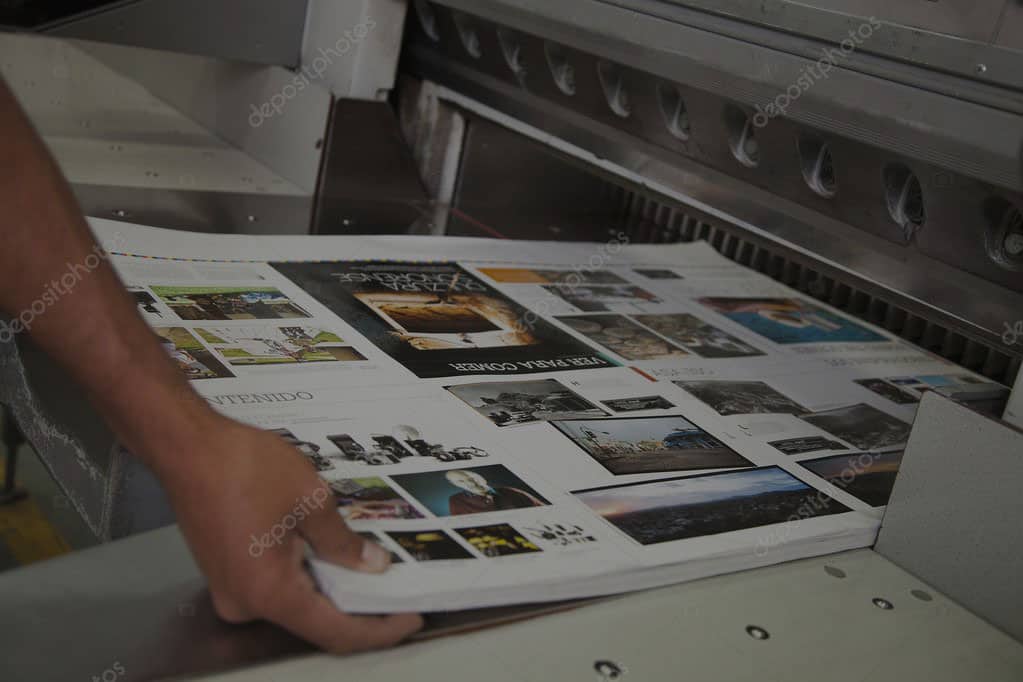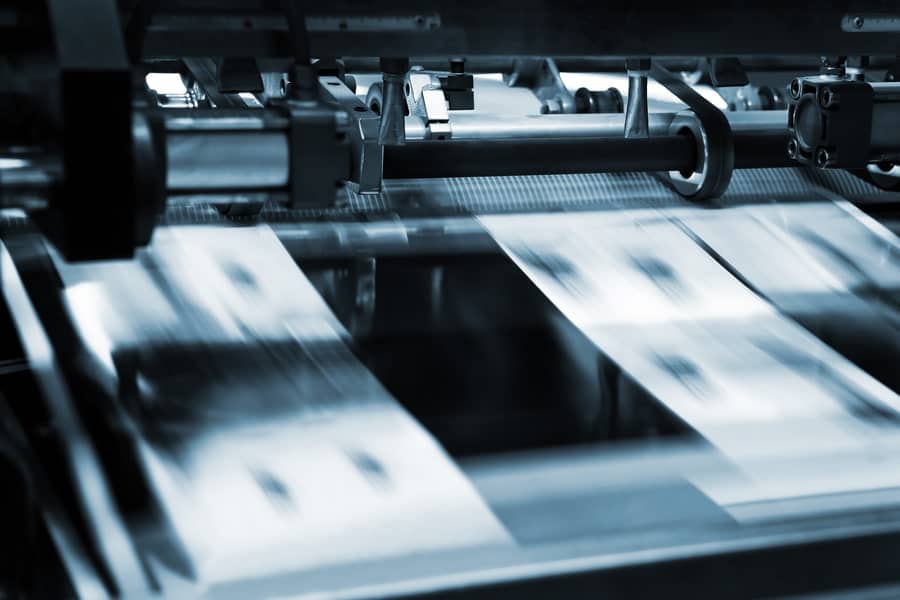How Much Response Does Direct Mail Get?
When it comes to how much response direct mail generates, there are many factors to consider. There are two primary types of response: acquisition and retention. Acquisition campaigns tend to generate the highest response rates (over 10%), while retention campaigns typically fall between five and 10 percent. Response rate is only half the equation, however, and quality is often just as important. This article explores these factors to help you determine the most effective direct mail campaign for your business.
(Want to know more? Click here for more info.)

Personalized direct mail
Personalized direct mail can be produced by using variable data printing. This technology changes the text, color, and images on the inside of a piece of mail based on the recipient’s preferences and interests. In fact, it’s possible to personalize your direct mail to match your customer’s QR code and other data, increasing the chances that you’ll receive a response. The possibilities are limitless! If you’d like to learn more about personalized direct mail, download the Postalytics software.
Using a personalized landing page on a website is another way to create a personalized response. This kind of landing page sends an interested customer to a specific landing page that has been customized with relevant information and pre-filled fields. This increases the chance of a customer visiting your website and purchasing from you. However, be sure not to share too much information on your personalized landing page. This may cause privacy concerns, so be cautious before you use this feature.
High response rates
When it comes to high response rates for direct mail, there are several factors to consider. For one, the more compelling the offer, the more likely someone is to take advantage of it. Besides that, the offer should be easily visible when the recipient scans the mail piece. If your offer is too difficult to find, you risk attracting unqualified prospects who will have little interest in your offer. On the other hand, a complicated offer will cause your response rate to be lower than if it were more straightforward.
Another factor to consider when calculating a high response rate for direct mail is the cost per response. You can reduce costs by offering a free gift in exchange for contact information, such as an email address. Providing a high-quality freebie can also increase the conversion rate. Finally, calculating the cost per lead will help you determine if your direct mail campaign is a good investment. High response rates for direct mail are the hallmark of a savvy direct mail marketing campaign.
Return on investment
The Return on Investment (ROI) of direct mail marketing can be determined by using a calculator. The calculator requires an estimated direct mail budget, product and campaign numbers, and is based on the assumption that the mail is prepared in advance. It is recommended to calculate the ROI of direct mail marketing before committing to a campaign. In the past, a small campaign yielded just a 1% response rate, but with today’s improved technologies, it is possible to achieve a much higher ROI.
In a recent report, the Association of National Advertisers (ANA) outlined the most effective methods for generating ROI. This report summarizes benchmark performance data and cost for different forms of marketing. In terms of ROI, letter-size mail topped all other marketing media with a 102% ROI. Emails to prospects and SMS had a 93% ROI. The study shows that direct mail is still an effective way to reach people in the US.
Cost
A direct mail campaign’s return on investment (ROI) is an important measure of the success of the marketing campaign. This metric is determined by the amount of revenue the campaign produces in comparison to the cost of direct mail. In addition to cost per response, you must also account for the man-hours spent on developing the campaign and printing materials. If you are targeting a specific demographic, you should consider different direct mail materials for different groups of people. Further, you should fine-tune the mailing lists in order to ensure your expensive campaign reaches your targeted audience.
Copywriting and artwork are two major components of the cost of a direct mail campaign. You can write the copy yourself or hire a copywriting agency to do the job. While some people believe that they can do it themselves, professional copywriters usually charge a fee for the work. While a good copy can make a difference in overall cost, it should also inspire action. Your copy should persuade people to take action and become a customer.


